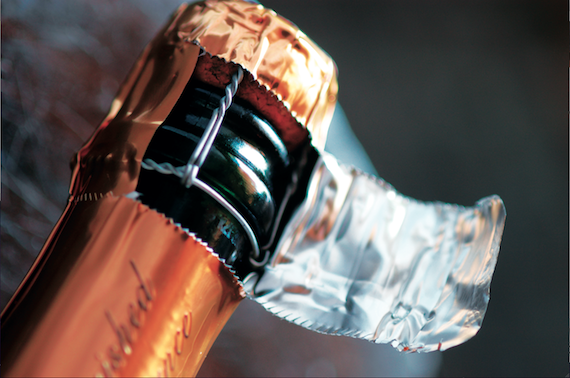He adds: “At Graham Beck we remain ‘bullish’ and anticipate a 10% growth on year-on-year production over the next three years.”
Chile is at last waking up to sparkling wine production and Cono Sur is one of the key players, along with the likes of Undurraga, and newcomers include Montes, Viña Leyda and Errazuriz.
“Of the wines I’ve presented over the past three years, Cono Sur’s sparkling category has shown the highest annual growth,” says Adolfo Hurtado, general manager and chief winemaker at Cono Sur.
“In our opinion, this is due to an enormous global increase in interest in sparkling wines, where they are no longer seen as a seasonal product – rather an attractive, sexy drink that’s all the rage, particularly among women.”
Hurtado highlights domestic sales as being particularly important. “Sparkling is especially popular in the Chilean market, having replaced our much celebrated Pisco Sour as the preferred apéritif. Consumers see it as a hip, fresher option with less alcohol and fewer calories.”
He adds: “It is amazing to see how a once highly seasonal product with limited consumption can manage to reposition itself as a stylish product, with an entire culture surrounding it, in such a short amount of time.”
Some perspective is needed: exports are still less than 1% of Chile’s total, at around 5 million bottles – but this will change.
Hurtado is taking advantage of the varied winegrowing climates in Chile, and is focusing on using Chardonnay and Pinot Noir grapes from the southern, cool Bío Bío Valley to make his sparkling base.
“With generally low temperatures and rich red clay soils, Bío Bío produces grapes with increased acidity, resulting in fresh, expressive sparkling wines,” he says. “It’s definitely a fast-growing category that we intend to use to compete against spirits, not white wines.”
Success stories
Argentina has a much longer history of sparkling wine production than Chile. Moët & Chandon moved to Argentina in 1960 with a big investment, and is still the leader in terms of quality and quantity.
The focus has been the large Argentinian domestic market and also exporting to other South American countries. There are now some newer players in the scene, such as the innovative Alma 4, a project of Sebastián Zuccardi, and Bodegas Mumm (which arrived in 2008).
Brazil is another sparkling success story. “The World Cup has been an amazing opportunity to help Brazilian wines to be known,” says Ana Sofia Oliveira, who represents Wines of Brasil in the UK. “A few big retailers have taken the chance to create the category.”
Waitrose, Marks & Spencer and Tesco have all listed Brazilian wines in the past year in the UK. Brazil is the fifth largest wine producer in the southern hemisphere, with 10,000ha of Vitis vinifera vineyards, 150 wineries and a production of 40 million litres in 2013. There are six main wine regions with Serra Gaúcha the largest (85% of total production).
Of the 40 million litres produced, 16 million were sparkling in 2013, which is around 40%. Twenty-three per cent of all the wine exported by Brazilian wineries from January to September 2014 was sparkling, which makes Brazil perhaps the leading producer of sparkling wines in South America.




